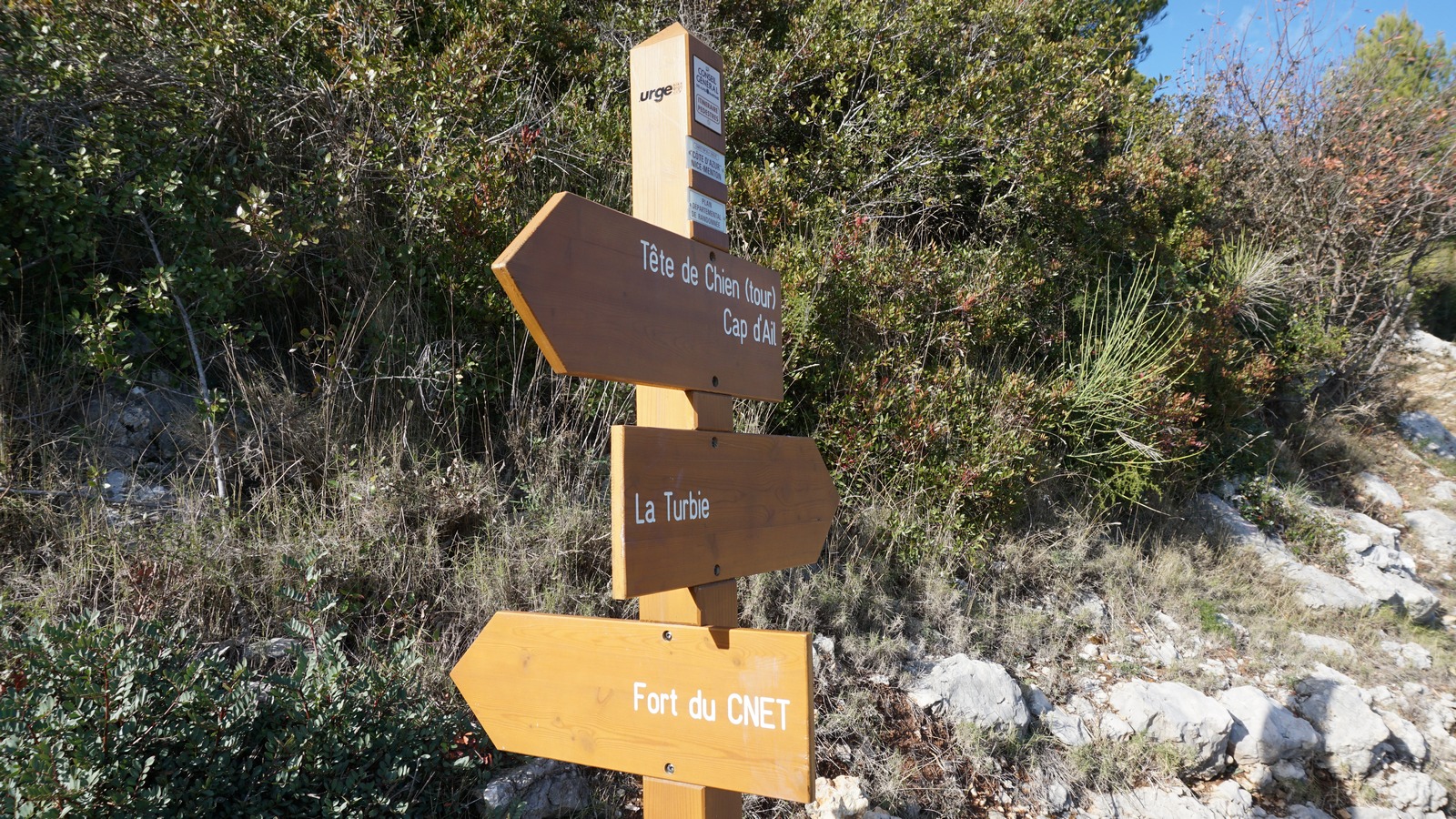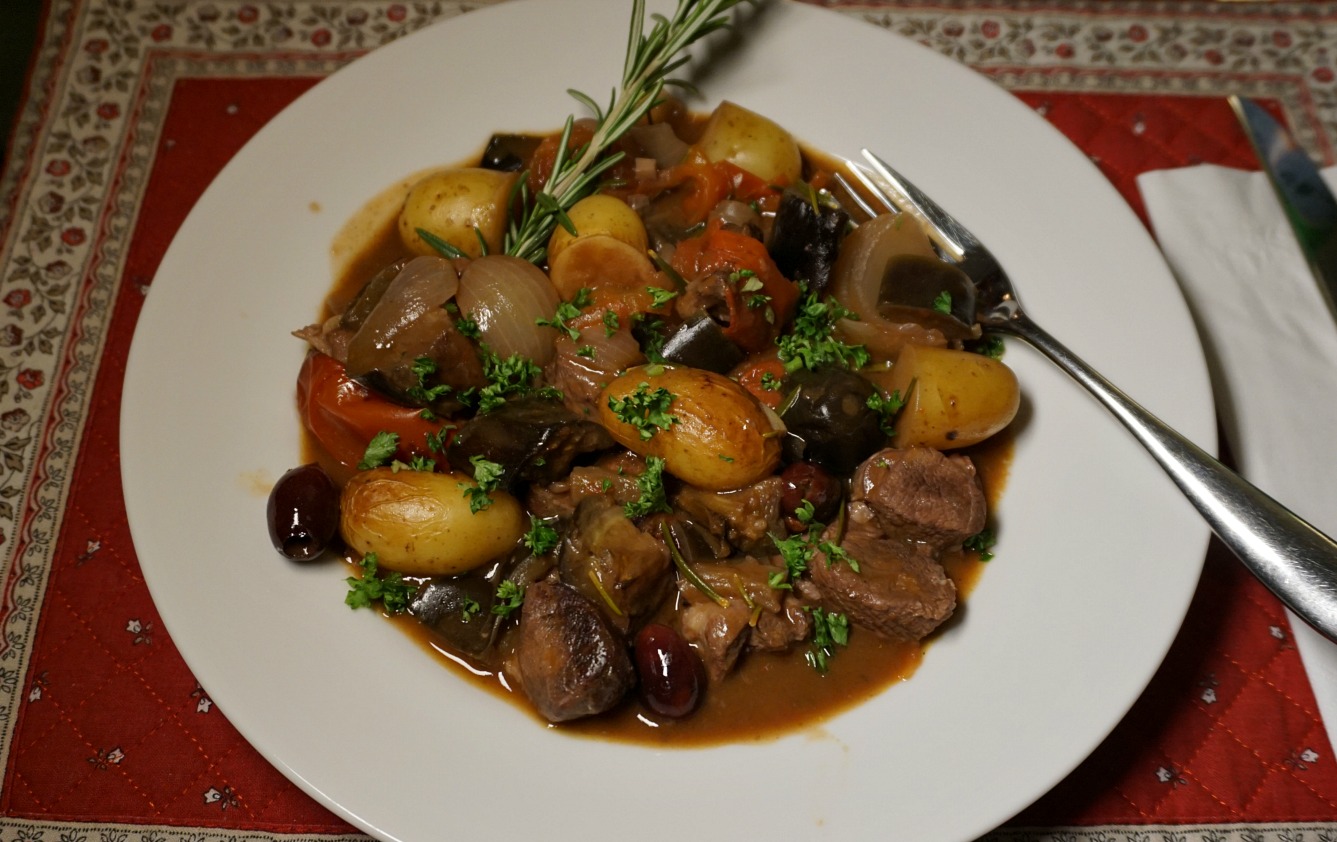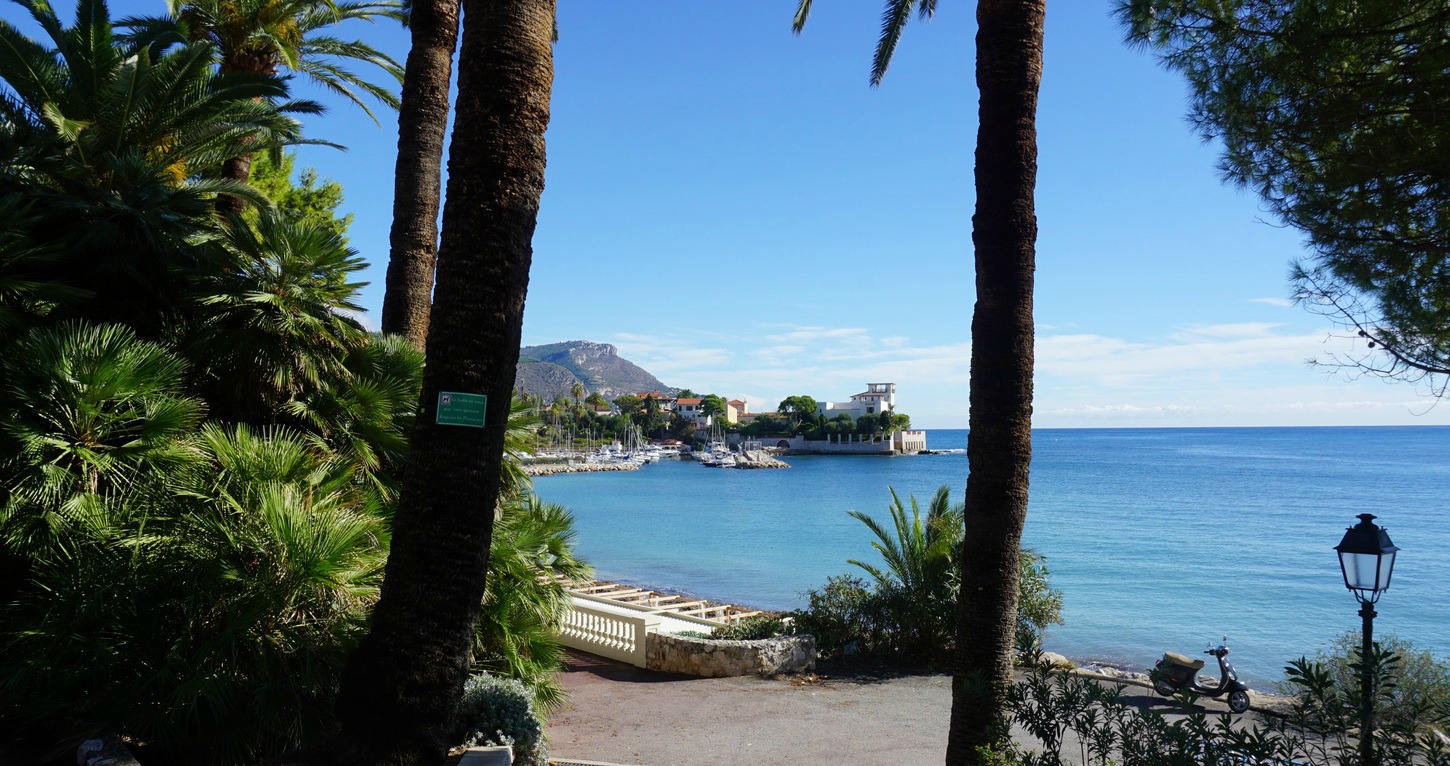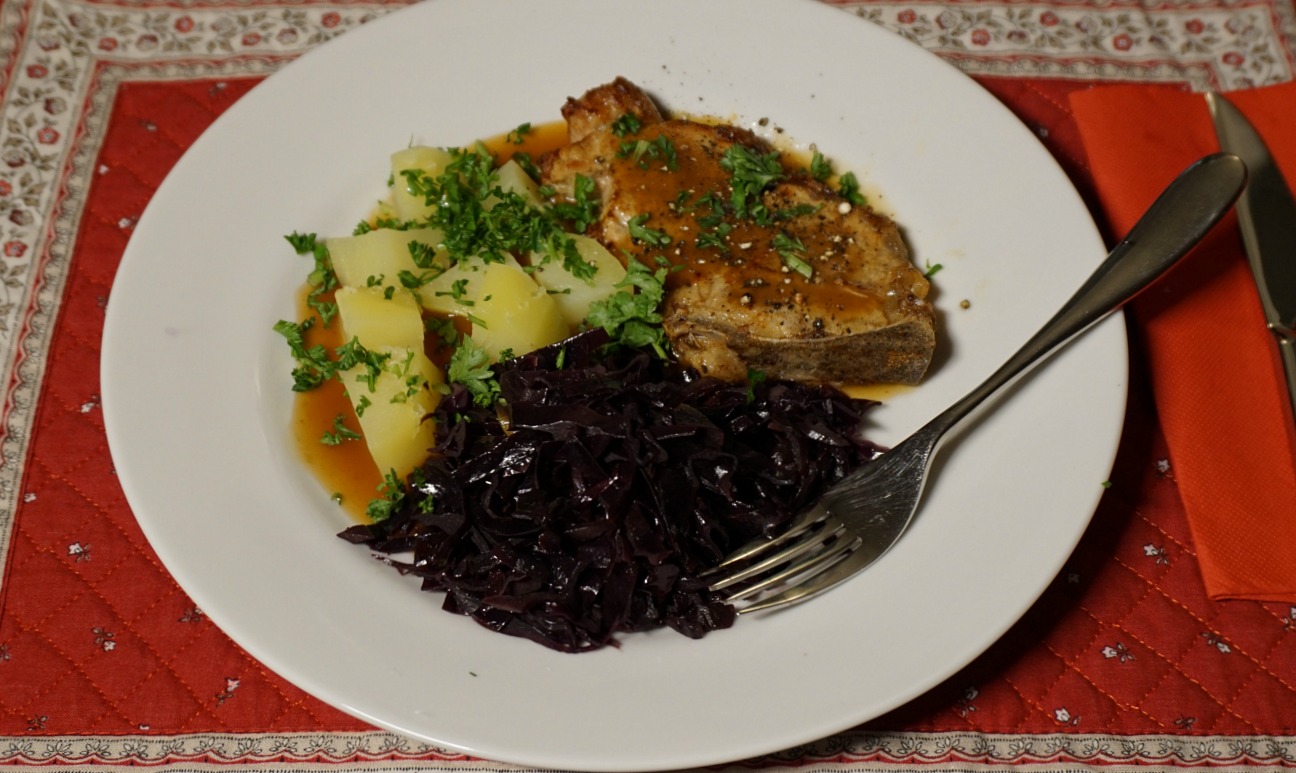Cod with vegetables and red berry compote

It was a programme on the French morning TV, Télématin, which gave inspiration to this recipe. First the journalist told about the health benefits of red berries, such as raspberries, redcurrants, strawberries, blackberries and cranberries. These are packed with antioxidants which can protect from heart disease and other chronic diseases. It is good to know that frozen red berries retain most of their antioxidants.
Télématin then showed a French chef cooking cod with vegetables, sauce, and red berry compote. The following recipe is my twist of the cookery show. The dish is easy to cook, and the red berry compote gives an exotic twist to cod. The recipe is gluten free.
2 servings
2 nice pieces of cod fillet, about 150 – 200 g each
1 tbsp. olive oil
For the vegetables:
5 new potatoes
½ leek, finely sliced
1 clove garlic, minced
2 handfuls of baby spinach
2 tbsp. olive oil
For the sauce:
150 ml vegetable stock
2 tbsp. crème fraiche, 15% fat
2 tsp. Maizena
A few drops of lemon juice
Freshly ground black pepper
For the red berry compote:
1 tbsp. olive oil
A handful of different red berries (I used redcurrants and blackberries)
Preheat the oven to 200° C.
Place the cod fillets in an oven-proof dish and sprinkle with olive oil.
Warm the vegetable stock in a casserole until very hot. Dilute 2 tsp. Maizena in a small amount of cold water. Add enough of Maizena- water mixture into the vegetable stock whisking all the time until the sauce thickens somewhat. Let simmer on a very low heat about 15 minutes. Then add the crème fraiche and let simmer for about 5 minutes. When you are ready to serve the sauce, add the lemon juice and black pepper whisking briskly so that the sauce becomes a little foamy.
At the same time cook the vegetables. Warm 2 tbsp. olive oil in a large frying pan over medium heat. Start sautéing the sliced leek and minced garlic. Microwave the new potatoes 4 minutes until almost cooked, but still a bit al dente. Slice the potatoes and add to the pan. When you are almost ready to serve, add the baby spinach which only takes a couple of minutes to wilt.
Cook the cod fillets in the oven for 10- 12 minutes depending on the thickness. The fish needs to be opaque, but still flaky and not overcooked.
Meanwhile make the berry compote. Warm 1 tbsp. olive oil in a casserole over medium heat, add the berries, and mix now and again. The berries will “compote” by themselves and this doesn’t take long.
When you are ready to serve, divide the vegetables in the bottom of two bowls. Pour the sauce over the vegetables and place the cod fillet on top. Divide the berry compote around the fish and serve at once.















































